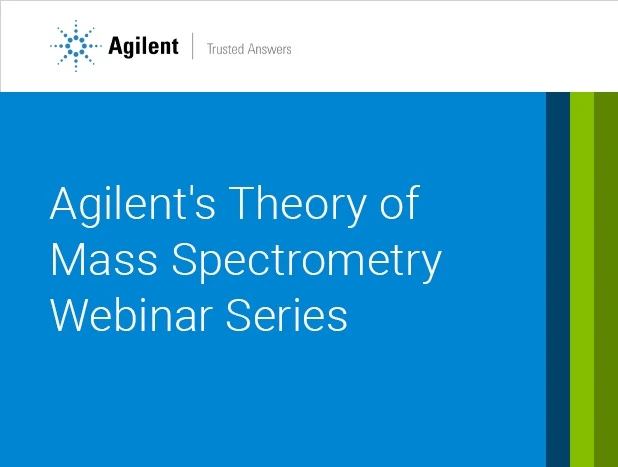Multi-Omic, Mass Spectrometry-Based Elucidation of Mech. of L-asparaginase Toxicity in a Mouse Model

Agilent Technologies: Multi-Omic, Mass Spectrometry-Based Elucidation of Mech. of L-asparaginase Toxicity in a Mouse Model
L-asparaginase (ASNase) is an enzyme-drug that is approved for the treatment of pediatric acute lymphoblastic leukemia (ALL) but is too toxic for adults. To elucidate potentially targetable mechanisms of toxicity with the ultimate goal of decreasing ASNase toxicity and extending its use to adults, we performed multi-omic profiling of the response to ASNase in adult (16-week-old) mice. We administered a range of sub-toxic and toxic doses of ASNase to healthy mice, collected whole blood samples, processed them to plasma, and used a novel sample preparation with just 20 µL mouse plasma as input. We analyzed the extracts using a multi-omic, bioanalytical LC/MS platform capable of measuring 500+ metabolites, 750+ lipids, and 375 peptides.
A Bio-LC was used with three different separations for metabolites, lipids, and peptides. A fast, sensitive, robust, 6495 LC/TQ MS system was used with comprehensive databases for pathway analysis. The results suggested that ASNase induces multi-modal cell death as evidenced by metabolite-, lipid-, and peptide/protein-level changes that occurred in a dose-dependent manner.
Future studies will test the hypothesis that inhibiting those modes of cell death will decrease ASNase toxicity while preserving anticancer activity. Overall, our findings provide proof-of-concept that multi-omic analysis of drug mechanisms at the protein-, lipid-, and metabolite-levels can unveil toxicity-associated pathways that can be targeted to potentially improve a drug’s therapeutic index.
Presenter: Ian Edwards (LC/TQ Product Manager, Agilent Technologies, Inc.)
Ian holds a Ph.D. from the Centre for Proteome Research at the University of Liverpool.He has spent time as a pre- and post-sales MS applications specialist focused on MS imaging and proteomics, as a field marketing manager for -omics, and as a global pharmaceutical marketing manager. Ian joined Agilent recently as LC/TQ Product Manager.
Presenter: Philip Lorenzi, Ph.D. (Associate Professor, Department of Bioinformatics and Computational Biology, The University of Texas MD Anderson Cancer Center)
I’m an Associate Professor in the Department of Bioinformatics and Computational Biology at The University of Texas MD Anderson Cancer Center. My laboratory focuses on the development of metabolic therapies for the treatment of cancer (with an emphasis on nutrient metabolism), and I’m also Director of the Proteomics Core Facility and Director of the Metabolomics Core Facility. I’ve co-authored 71 peer-reviewed publications. I co-wrote and was Co-Investigator on a successfully completed $4.5M CPRIT Core Facility Award, managed staff and the budget, and oversaw development of bioanalytical services using current equipment and protocols that we have optimized thoroughly. We’ve developed novel mass spectrometry-based methods for: 1) increasing the accuracy of glutamine and glutamate measurements by minimizing in-source conversion to pyroglutamate; 2) normalizing data based on the DNA content of cell- and tissue-based samples; 3) measuring amino acids from as little as 2 µL of mouse plasma or whole blood; 4) detection of over 2,000 annotated metabolites and lipids per biological sample (including just 2 mg of tissue); 5) stable isotope tracer analyses in vitro and in vivo including methods for measuring energy metabolism; 6) determining the extent and position of 13C incorporation into specific amino acids; and 7) diagnosing and correcting batch effects in metabolomic data. Our multidisciplinary team provides full service contract research in a state-of-the art facility.